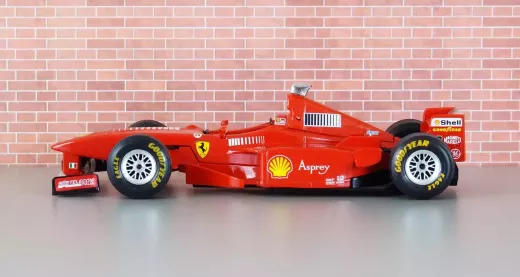What is NASCAR racing?
NASCAR stands for the National Association for Stock Car Auto Racing. It is a popular form of auto racing that originated in the Southern United States in the late 1940s. The sport involves drivers racing around oval-shaped tracks in cars that have been modified for high-speed performance. The cars used in NASCAR racing look similar to regular street cars, but they have been stripped down and rebuilt to withstand the high speeds and intense pressure of the races.
NASCAR racing is known for its high-speed races, which can reach up to 200 mph. The races are held on oval-shaped tracks, which can vary in length from less than one mile to over two miles. The drivers compete in races that can last for several hours, with pit stops for refueling and tire changes. The races are divided into several stages, with the winner being the driver who completes the most laps in the shortest amount of time.
NASCAR racing has become one of the most popular forms of motorsports in the world, with millions of fans tuning in to watch the races every year. The sport has also become a major economic force, generating billions of dollars in revenue for NASCAR and its partners.
The history of NASCAR racing
NASCAR racing has its roots in the illegal practice of moonshining, which involved making and transporting illegal alcohol during the Prohibition era. Moonshiners would modify their cars to make them faster and more agile, so they could outrun the law enforcement officers who were trying to catch them. After Prohibition ended, many moonshiners continued to race their modified cars on dirt tracks in the Southern United States.
In 1947, a group of drivers and track owners formed the National Association for Stock Car Auto Racing, or NASCAR, to regulate and promote the sport of stock car racing. The first NASCAR-sanctioned race was held on a dirt track in Charlotte, North Carolina, in 1949. The race was won by Jim Roper, driving a Lincoln Cosmopolitan.
Over the next few decades, NASCAR racing grew in popularity, with more tracks being built and more drivers joining the sport. In the 1960s and 1970s, NASCAR racing became a national phenomenon, with races being broadcast on television and major corporations sponsoring teams and drivers.
The evolution of NASCAR racing - from dirt tracks to modern-day speedways
In the early days of NASCAR racing, most races were held on dirt tracks. The cars used in the races were stock cars, meaning they were regular street cars that had been modified for racing. The drivers would race around the tracks, sliding through the turns and kicking up clouds of dust.
As the sport grew in popularity, more tracks were built, and the cars and tracks began to evolve. In the 1960s and 1970s, many tracks were paved, and the cars were modified to increase their speed and handling. The cars began to look less like street cars and more like purpose-built race cars, with sleek bodies and powerful engines.
In the 1980s and 1990s, NASCAR racing continued to evolve, with more emphasis being placed on safety and technology. The cars became even more powerful and aerodynamic, and safety features such as roll cages and fire suppression systems were added.
Today, NASCAR racing is a high-tech sport that involves cutting-edge technology and engineering. The cars are designed and built to withstand the extreme forces of high-speed racing, and the drivers are some of the most skilled and talented athletes in the world.
The need for speed - how technology has impacted NASCAR racing
Technology has had a huge impact on NASCAR racing, both on and off the track. On the track, technology has enabled the cars to go faster and handle better than ever before. The cars are equipped with sophisticated engines, transmissions, and suspension systems, all designed to maximize speed and performance.
Off the track, technology has enabled NASCAR to reach a wider audience than ever before. Races are broadcast on television and streamed online, and fans can follow the sport on social media and through mobile apps.
Technology has also played a key role in improving safety in NASCAR racing. The cars are equipped with advanced safety features such as roll cages, fire suppression systems, and energy-absorbing materials, all designed to protect the driver in the event of a crash.
Famous NASCAR drivers and their contributions to the sport
Over the years, NASCAR racing has produced many famous and legendary drivers, each with their own unique style and personality. Some of the most famous NASCAR drivers include Richard Petty, Dale Earnhardt, Jeff Gordon, Jimmie Johnson, and Kyle Busch.
These drivers have not only achieved great success on the track, but they have also helped to shape the sport of NASCAR racing. They have inspired generations of fans and have become cultural icons in their own right.
The impact of NASCAR racing on popular culture
NASCAR racing has had a significant impact on popular culture, influencing everything from fashion to music to movies. The sport has inspired countless songs, movies, and TV shows, and its logos and colors have become instantly recognizable around the world.
NASCAR racing has also had a big impact on the economy, generating billions of dollars in revenue for NASCAR and its partners. The sport has created thousands of jobs, from drivers and mechanics to PR and marketing professionals.
NASCAR racing today - current trends and developments
Today, NASCAR racing is as popular as ever, with millions of fans tuning in to watch the races and attend live events. The sport continues to evolve, with new technology and new rules being introduced every year.
One of the biggest trends in NASCAR racing today is the use of data and analytics to improve performance. Teams are collecting and analyzing vast amounts of data, ranging from tire pressure to fuel consumption to aerodynamics, in order to gain a competitive advantage.
Another trend in NASCAR racing is the focus on sustainability and environmental responsibility. NASCAR has implemented several green initiatives, including using biofuels and recycling tires and other materials.
The future of NASCAR racing - what to expect in the coming years
Looking ahead, the future of NASCAR racing looks bright. The sport is continuing to evolve and adapt to new technologies and new trends, and there are many exciting developments on the horizon.
One of the biggest areas of focus for NASCAR racing in the coming years is likely to be electric and hybrid racing. As more and more car manufacturers shift towards electric and hybrid vehicles, NASCAR will need to adapt to stay relevant.
Another area of focus for NASCAR racing is likely to be expanding its global reach. While the sport is already popular in many countries around the world, there is still a lot of untapped potential in new markets.
NASCAR racing events and experiences
For fans of NASCAR racing, there are many exciting events and experiences to choose from. From attending live races to visiting NASCAR-themed attractions, there are many ways to immerse yourself in the world of NASCAR.
Some of the most popular NASCAR events include the Daytona 500, the Brickyard 400, and the Coca-Cola 600. These races draw huge crowds of fans from around the world and offer an unforgettable experience for anyone who loves NASCAR racing.
In addition to live events, there are also many attractions and experiences that allow fans to get up close and personal with the world of NASCAR. From visiting museums and theme parks to taking racing classes and driving simulators, there are many exciting ways to experience the thrill of NASCAR racing.
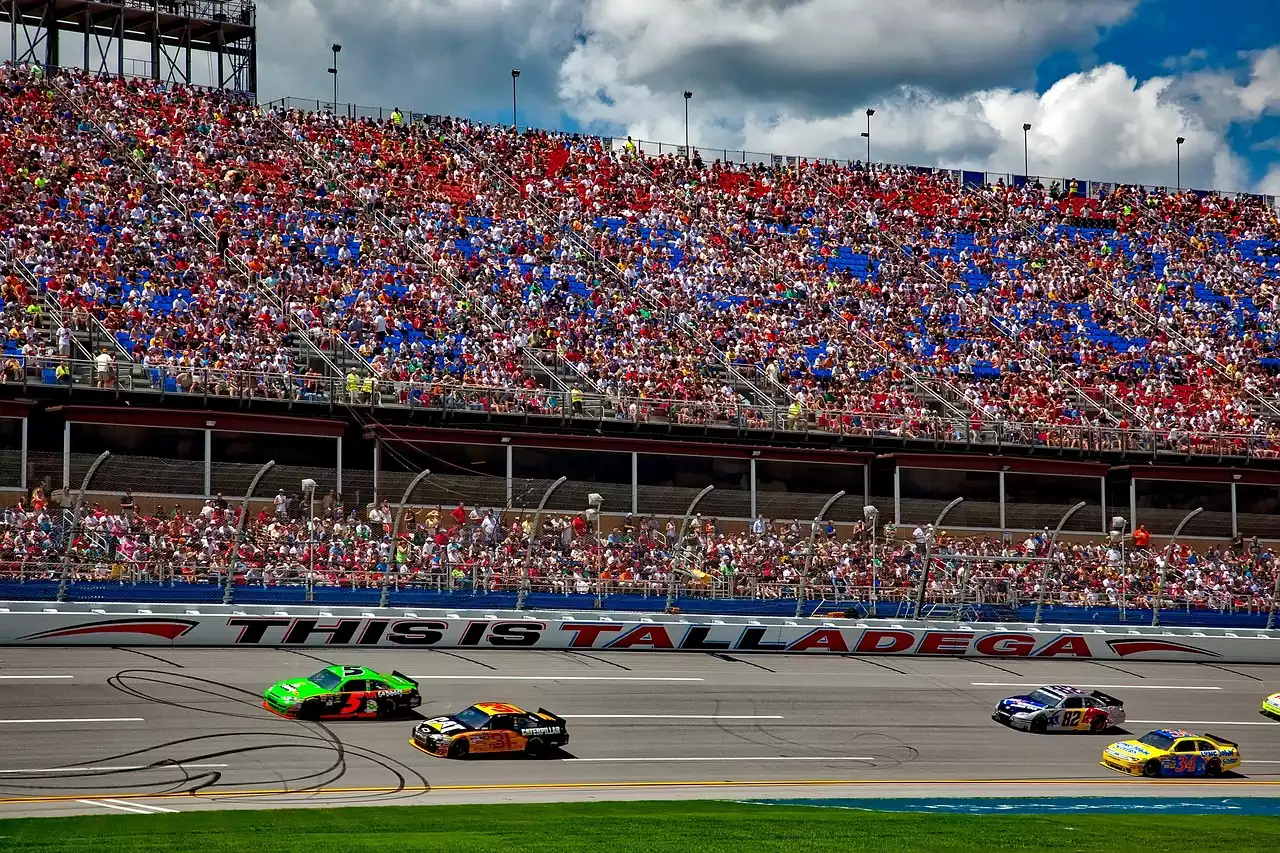
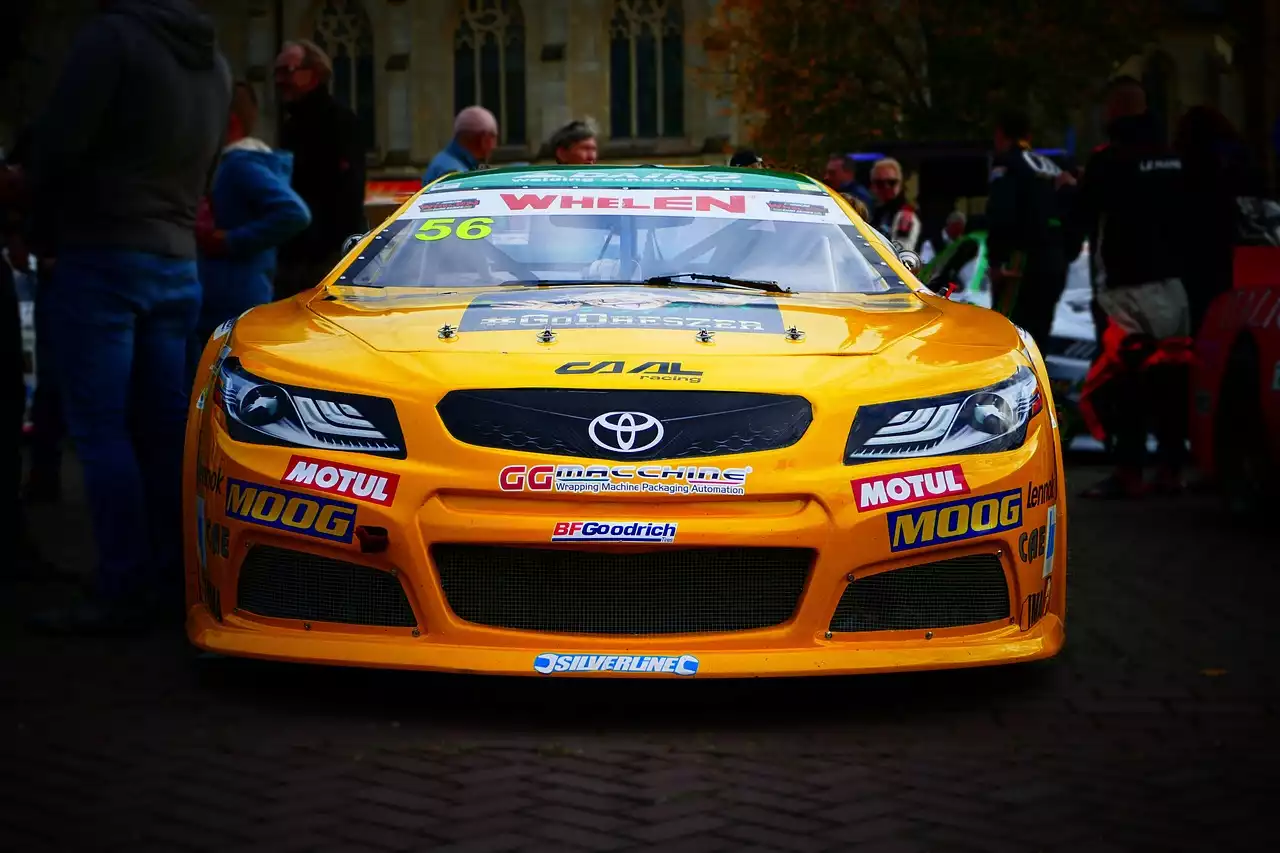
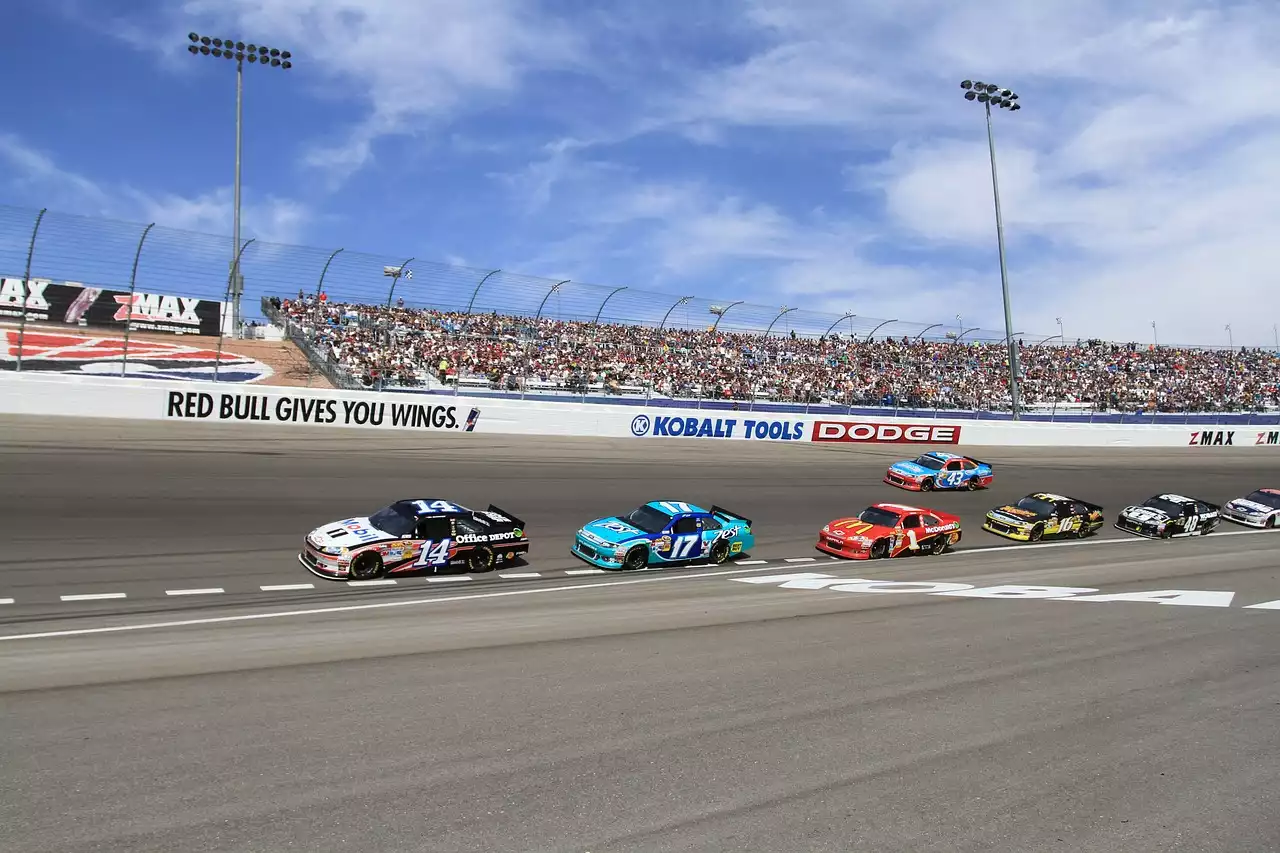
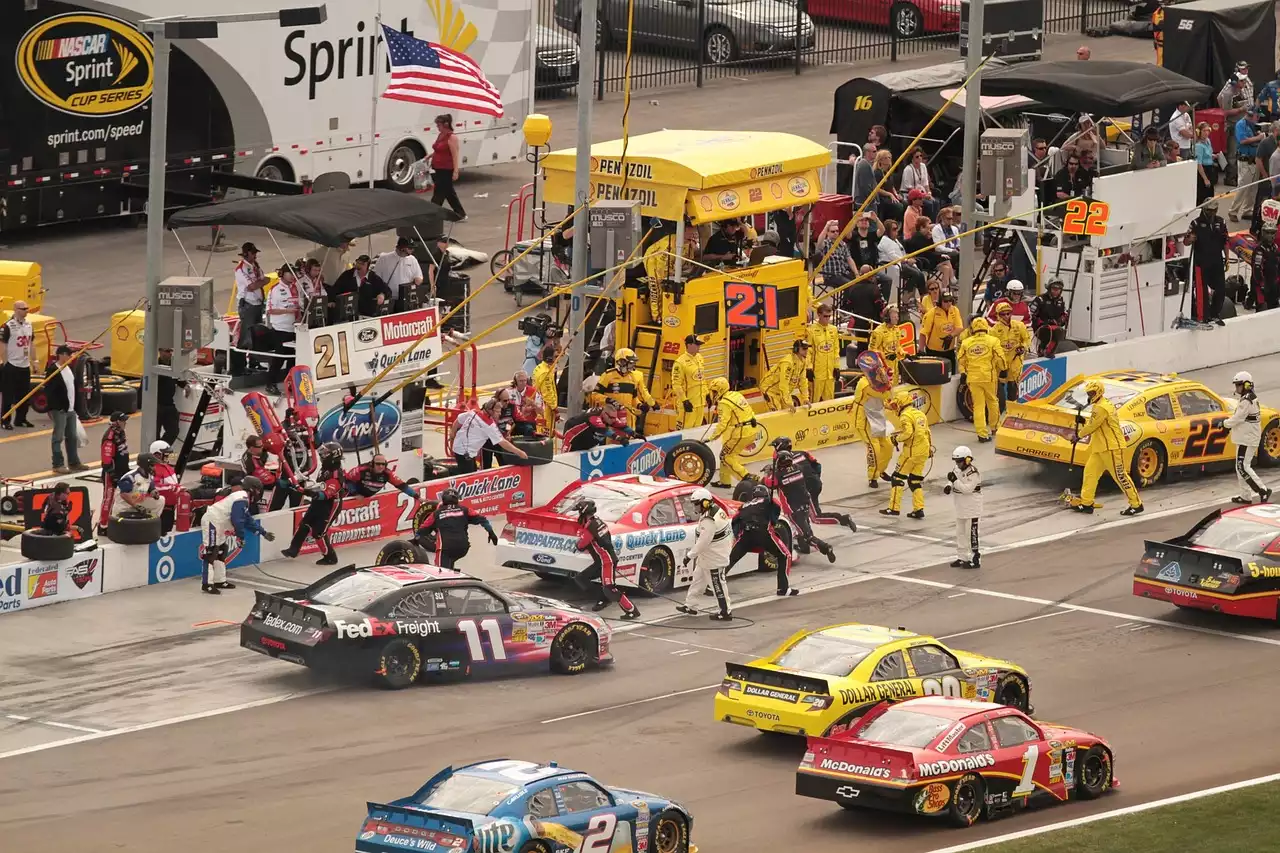
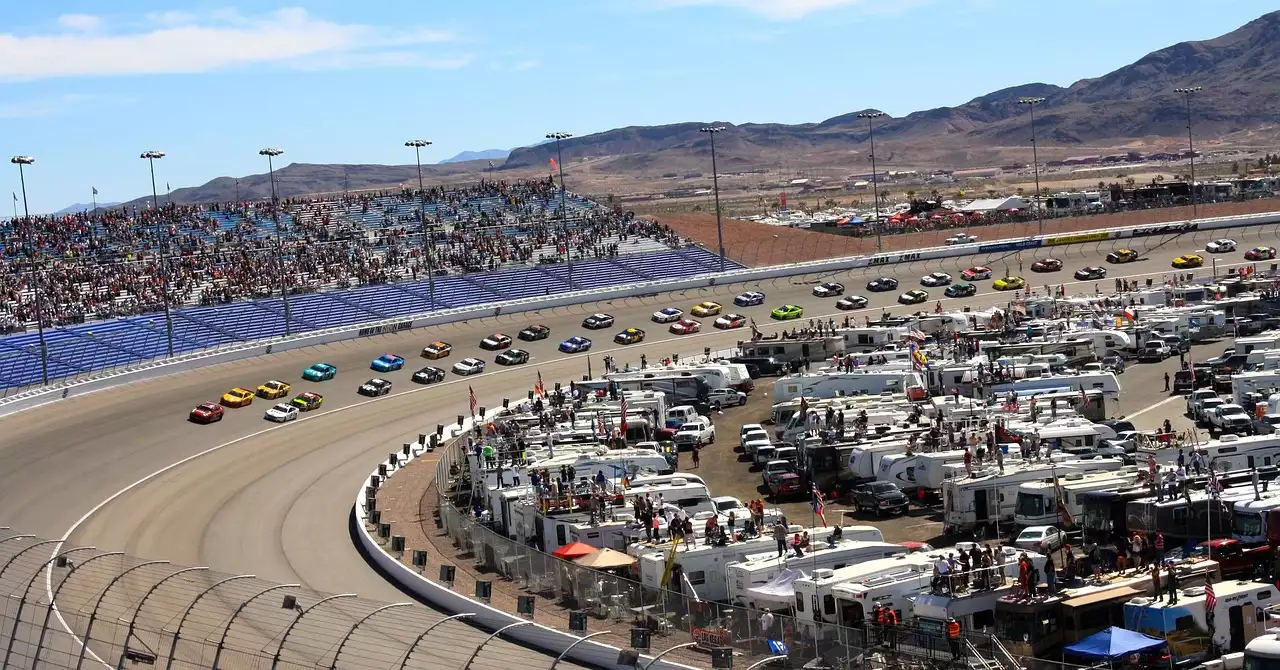

.png?size=50)
